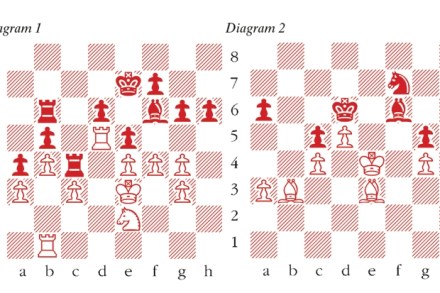London Classic | 3 December 2015
The annual London Classic, inspired and organised by the indefatigable Malcolm Pein, is now underway at London’s Olympia. The website is www.londonchessclassic.com and in the stellar line-up are Magnus Carlsen, Fabiano Caruana, Hikaru Nakamura, Veselin Topalov, Alexander Grischuk, Viswanathan Anand, Anish Giri, Lev Aronian, Michael Adams and Maxime Vachier-Lagrave. This is the highest-rated tournament ever





















